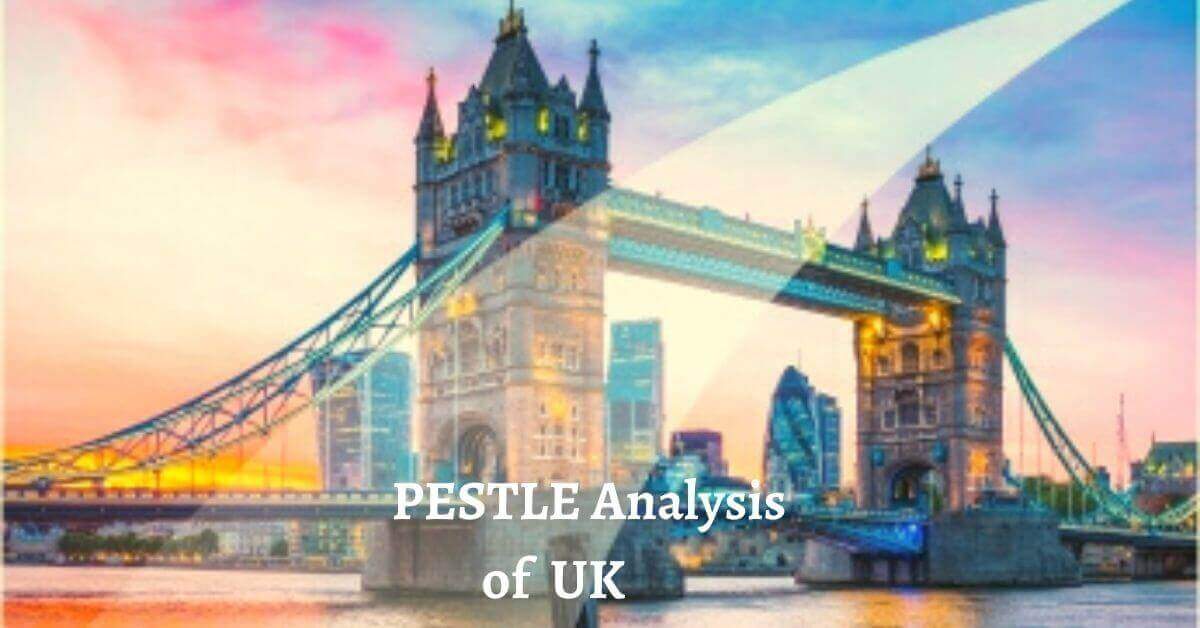Pestle analysis of Bangladesh. The People’s Republic of Bangladesh is a South Asian country; it shares the border with the Bay of Bengal, Myanmar, and India. The capital of Bangladesh is Dhaka.
The total area of Bangladesh is 57,320 square miles, and it’s the 92nd world’s largest country. Approximately more than 165 million people are populating the country, and it’s the world’s 8th most populated country. Chittagong is the country’s 2nd largest city and has the largest seaport.
Bangladesh has a long history and it’s been the principalities of many ancient Indian civilizations like Herikela, Samatata, Gauda, Gangaridai, and Pundra. Mughal Empire influenced the Bengal Sultanate and brought Islam. The British East India Company overthrew the last Nawab of Bengal and conquered the region in 1793.
When the British decided to leave India after WWII, they separated the subcontinent into 2 parts; India and Pakistan. Modern-day Bengal became East Pakistan in 1947. After the war of liberation with Pakistan, the country finally achieved its independence and became the People’s Republic of Bangladesh.
Today, we’ll study the pestle analysis of Bangladesh. It’s going to focus on the macro-environmental factors of the world’s leading developing economies. Here’s the pestle analysis of Bangladesh as follows;
Political factors affecting Bangladesh
Relations with the US
Bangladesh has always maintained good relations with the US. The newly elected Biden administration is going to decide the future of the developing country. However, the currently ruling party in Bangladesh, Awami League, has high expectations from the Biden administration. It would make the world an easier place for the developing countries in terms of commerce, trade, and resolve regional conflicts.
Neighboring India
Bangladesh has very close relationships with India. In fact, a majority of tourists in India are from Bangladesh. Most importantly, both countries have a shared common history, culture, and social heritage. If both of these countries collaborate, then they can face a global economic crisis caused by the pandemic or other international crisis.
Political Environment
Bangladesh has two main political parties, the Bangladesh National Party (BNP) and the Awami League (AL). Both of them have been on and off political power since the 1990s after finishing the military dictatorial regime 1975-1990.
Economical Factors Affecting Bangladesh
GDP
According to an estimate, the annual nominal GDP of Bangladesh in 2020 was 348.891 billion dollars, and it’s the 35th highest in the world. Out of which, the per capita income of the country was 5,138 dollars, and it’s 135th world’s highest.
The worldwide economic crisis has decreased the country’s growth, but the government plans to introduce 8573 million dollars of recovery package to the businesses. It would create employment opportunities and increase growth.
Industries
The Bangladeshi service industry is the biggest contributor to the country’s total GDP of 53.5%. It comprises freelancing and various other tech expertise. The government plans to amplify it 5% more by the end of 2021.
The cotton industry is the 2nd major industry, and it contributes 28.5% to the country’s economy. The 3rd main industry is agriculture, and it adds 13.1%. Fruits, spices, tobacco, sugarcane, wheat, jute, tea, and rice are some of her products in agriculture.
Revenue Sources
Bangladesh also provides cheap labor to the Middle East in various categories, and they send money back to the home country. The remittance comprises 5% of the total GDP. The pandemic has also unemployed many people in the Gulf region.
Social factors affecting Bangladesh
Lifestyle & Culture
Bangladesh has a rich Indian culture and it follows strong patriarchal and hierarchical values. The elderly male is the head of the family, and the young ones must listen and follow their elders. Such values are common both at home and workplace.
90% of the country’s population is Muslim, 8.5% are Hindus, 0.6% are Buddhist, and 0.4% are Christians. However, Bangladesh is a highly Islamic religious society, and Muslim faith healers are common across the country. Shab-e-Barat, Milad-un-Nabi, Shab-e-Qadar, and 2 Eids are some of the main Muslim religious festivals. However, Kali Puja and Durga Puja are Hindu festivals.
Spoken Languages
Bengali is the country’s official and national language, and approximately 98% of the population speaks their national language. However, most people can also speak English, Hindi, and Urdu. The Bengali language has derived many words from Islamic Arabic and Hindu Sanskrit.
Population
Bangladesh has a total population of over 165,424,778 people. A vast majority of the population is young, and it’s great news for the country’s future. Approximately 39% of the country’s total population is living in the cities.
Technological Factors Impacting Bangladesh
Tech Environment
Bangladesh has limited industries, research institutes, and Universities. Now, the country should develop a link between research and industry, it would increase technological growth. Most importantly, the government should update its educational textbooks regularly, so that the student would learn the latest knowledge.
The government is working on moving the country’s economy from trade to technology.
IT Hub
Bangladesh has been in the tech industry and exporting software and computer programs since the 1990s. Her neighbor India is a prominent competitor in the South Asian Market. However, the country’s software company exports tech services to Saudi Arabia, the USA, the EU, the UK, Finland, Norway, and the Netherlands.
Growing Tech Future
Bangladesh has realized the growth of tech innovation. Now the government supports the tech projects. The country should fill the gap between the industry and educational institutions.
The country should also consider acquiring valuable outdated technology of developed and advanced countries. It would be available at a lower price, and the country would learn a lot from it.
Legal Factors Affecting Bangladesh
Tex Exemption
Bangladesh introduced a tax exemption scheme by the name of “Thrust” to attract foreign investors and businesses. The offers provide special tax incentives to businesses from 2019 to 2024. The country is moving towards industrialization.
FDI
Bangladesh doesn’t allow investment in some areas like mining, forest plantation, and defense. Other than that, the government welcomes all other types of businesses and foreign investments.
Law & Judiciary
Bangladesh follows the British judicial system of the colonial era. Of course, the government has updated it and combined it with the Mughal Islamic Laws. There are different laws for both Hindus and Muslims.
Environmental factors affecting Bangladesh
High Pollution
According to a report in 2019, Bangladesh is the world’s most polluted country, and its capital Dhaka is the world’s 2nd most polluted city. It’s not an admiring characteristic of the country if the country wants to promote tourism and attract foreign investors. Air pollution and water pollution are the two country’s major issues.
Climate
The climate of Bangladesh is a subtropical country and monsoon and temperature vary from 30C to -40C. However, the summer period is from March to June, the monsoon rainy season is from Jun to October, and the winter cold is from October to March.
Bangladesh has rainfall of approximately 1600 mm annually during the monsoon season. According to a study, climate change like rising sea levels would impact one out of every seven people by the end of 2050. The government has limited infrastructure and it won’t be able to save everyone.
Conclusion: Bangladesh Pestle Analysis Example Country
After a careful study of the pestle analysis of Bangladesh, we’ve realized that Bangladesh is indeed the world’s leading developing country with a lot of young potential. Climate change, environmental challenges, and limited infrastructure are some of the country’s main challenges. Bangladesh should invest in the country’s infrastructure and address other challenges; while paying heed to the external political, economical, social, technological, legal, and environmental factors impacting the country.

Ahsan Ali Shaw is an accomplished Business Writer, Analyst, and Public Speaker. Other than that, he’s a fun loving person.


